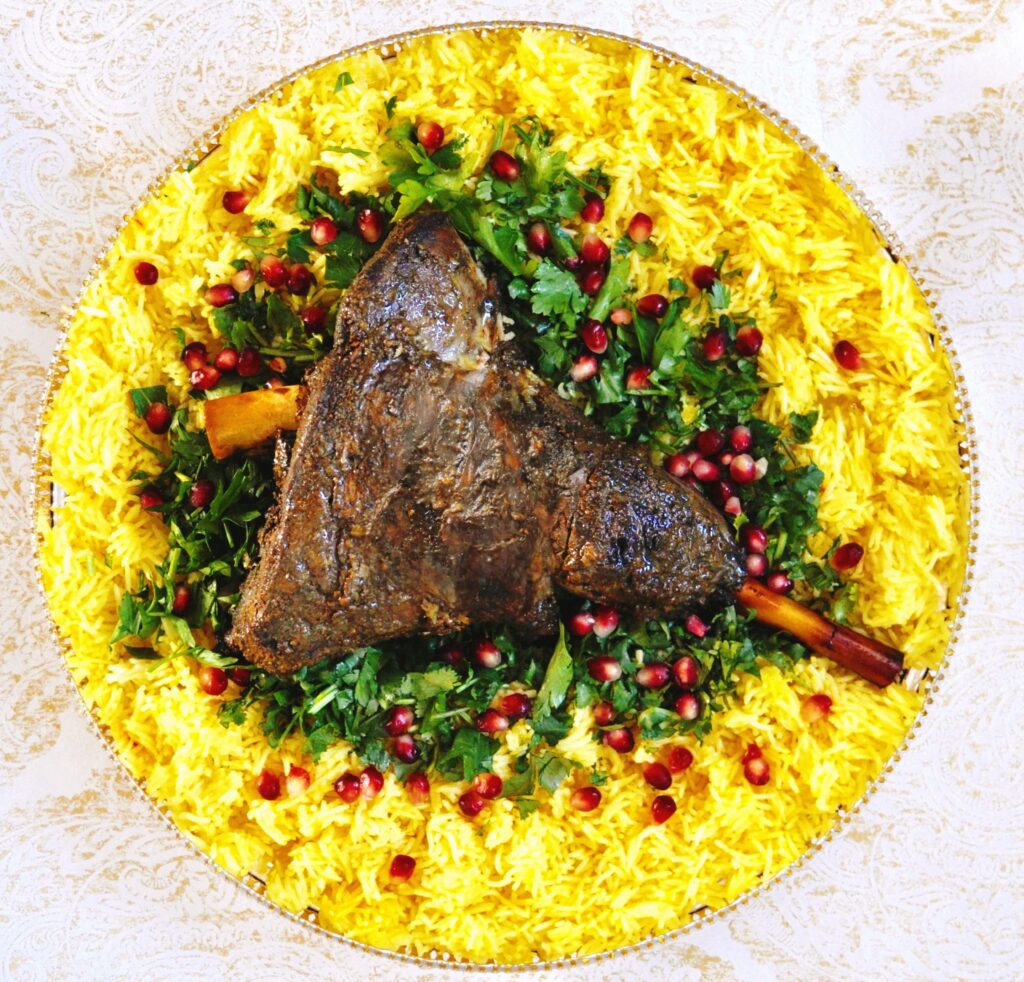
Oman is not only famous for its breathtaking landscapes and rich history, but also for its delicious traditional cuisine. Omani food reflects the country’s culture, heritage, and the influence of centuries-old trade routes connecting Arabia, Africa, and India. If you’re visiting Oman, exploring traditional dishes is an experience you cannot miss.

Shuwa is one of the most iconic Omani dishes, often prepared during Eid and special celebrations. Marinated lamb or goat is wrapped in banana or palm leaves and slow-cooked underground for up to 48 hours.
Where to try: Local restaurants and during festivals.
Price: Around OMR 5–7 ($13–18) per portion.

Majboos, also called Kabsa, is a flavorful rice dish cooked with saffron, spices, and served with chicken, lamb, or fish.
Where to try: Popular in Muscat and Salalah restaurants.
Price: Around OMR 2–4 ($5–10).
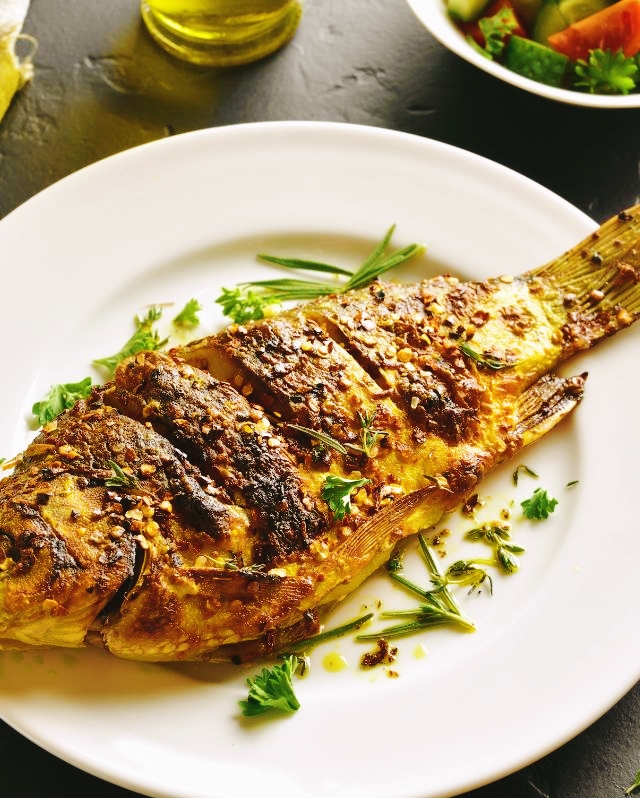
Oman’s coastal location makes seafood a vital part of its cuisine. Mashuai is grilled kingfish served with lemon rice.
Where to try: Seaside restaurants, especially in Muscat and Sur.
Price: Around OMR 3–5 ($8–13).
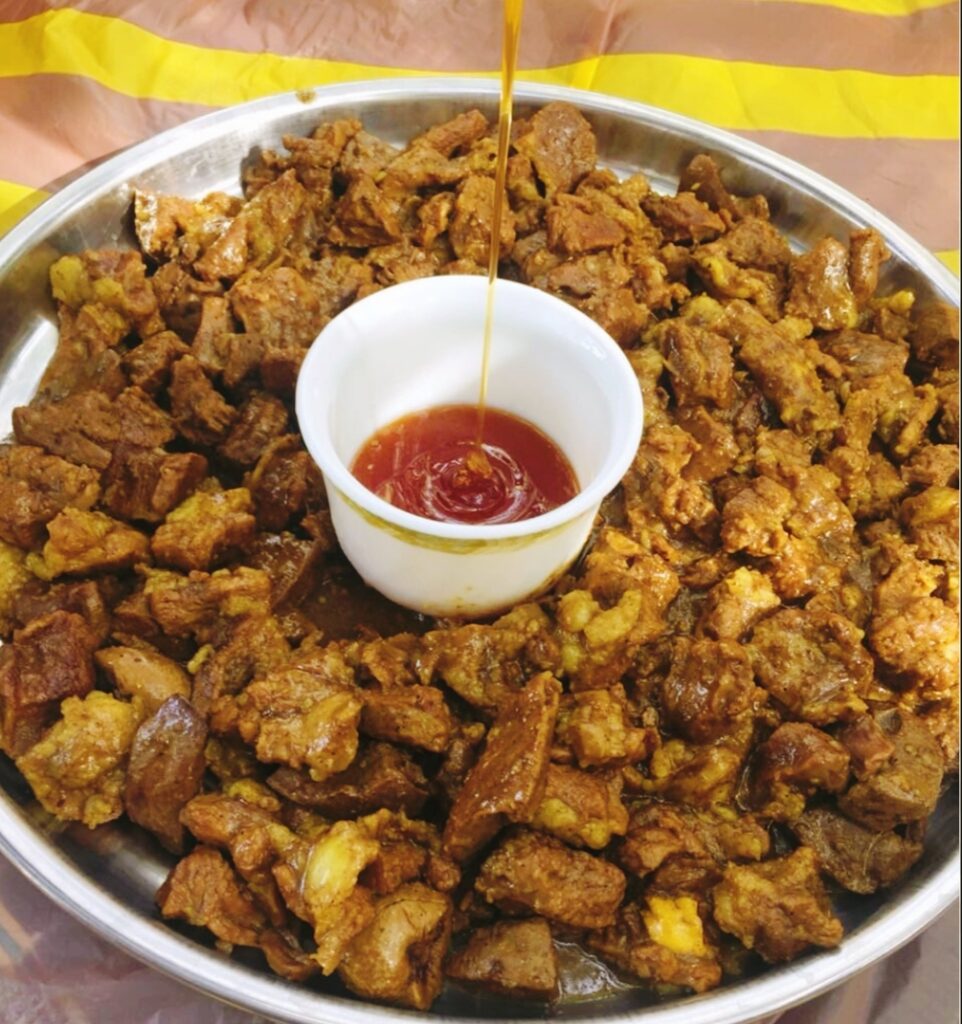
Mahmas, also known as Maqlaa, is a traditional Omani dish made by slow-cooking goat or lamb meat with onions, local spices, and ghee until it becomes dark, crispy, and rich in flavor. It is usually served with plain rice or Omani bread.
Where to try: Traditional Omani households and some local restaurants.
Price range: OMR 2–4 (USD 5–10) per serving.

This is the most famous Omani dessert, a sweet, sticky delicacy made from sugar, rose water, saffron, nuts, and ghee. It’s usually served with Omani coffee (Kahwa).
Where to buy: Specialized Halwa shops, like Al Hosni Halwa in Muscat.
Price: OMR 2–8 ($5–20) depending on size and quality.
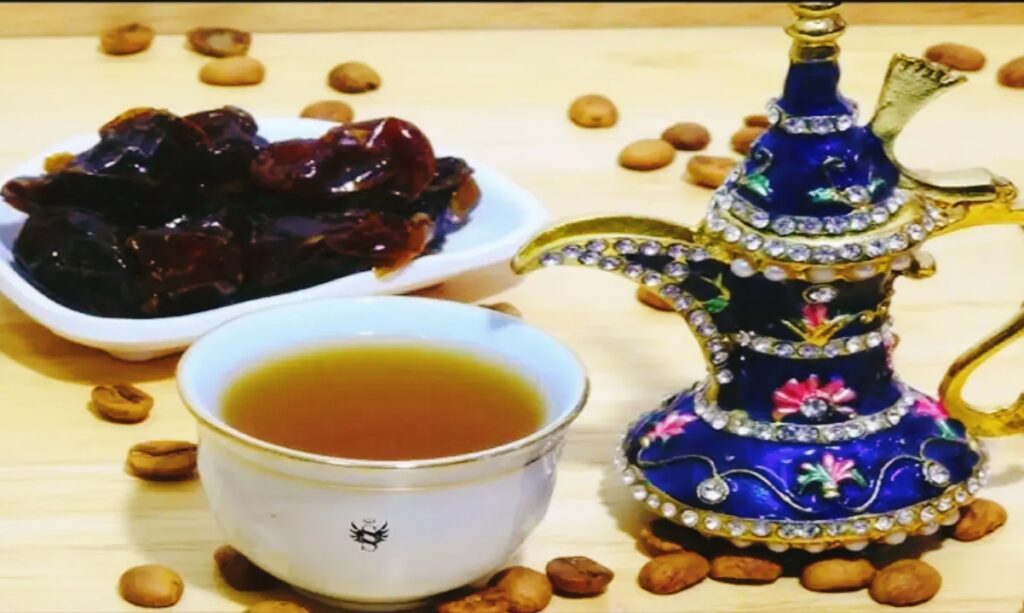
A symbol of hospitality, Omani Kahwa is a lightly roasted coffee flavored with cardamom and saffron. It’s always served with dates.
Where to try: Everywhere – from homes to restaurants.
Price: Usually free in homes, or OMR 1–2 ($2–5) in cafés.
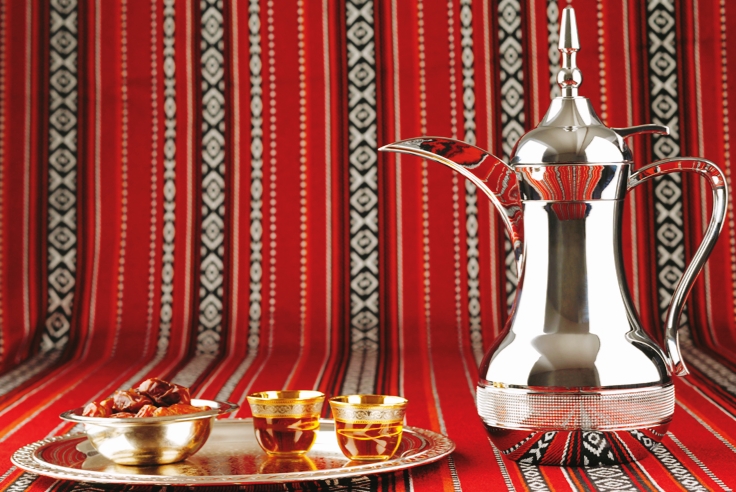
Oman also offers unique street food options for casual dining:
Shawarma – Around OMR 0.5–1 ($1–2.5) per sandwich.
Mishkak (grilled meat skewers) – OMR 1–2 ($2.5–5).
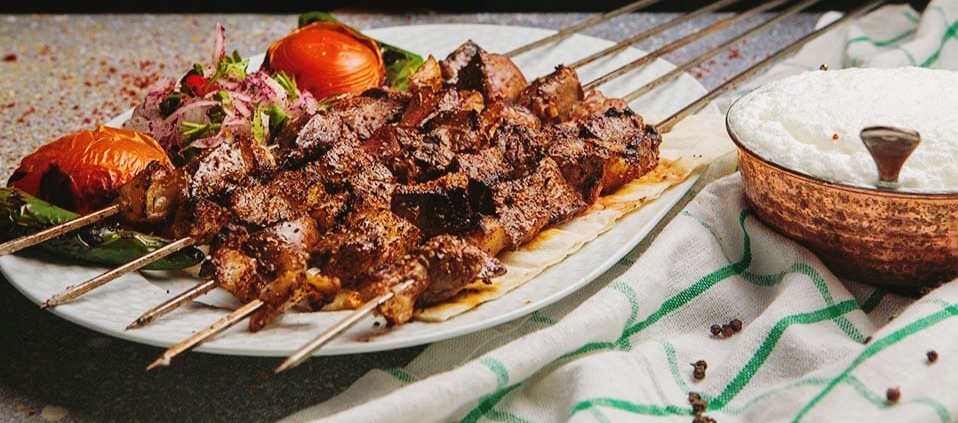
Ruqaq bread – Thin crispy bread, often filled with eggs, cheese, or honey.
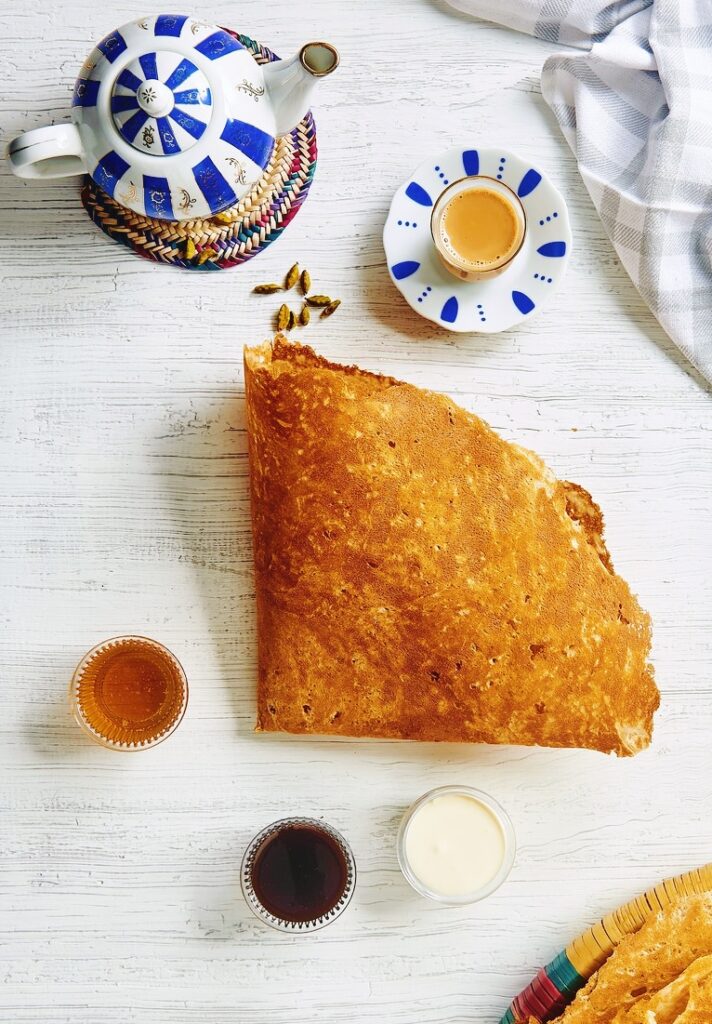
When eating traditional Omani food, remember:
Meals are often shared and eaten with the right hand.
Hospitality is central; guests are always offered food and coffee.
Modesty in dress is appreciated, especially in local restaurants.
What is the most famous Omani dish?
Shuwa is the most iconic dish, especially during festivals.
Is Omani food spicy?
: It’s mildly spiced, flavored with saffron, cardamom, and turmeric rather than hot chilies.
Where can I buy authentic Omani Halwa?
In Muscat and Nizwa, you’ll find dedicated Halwa shops with different varieties.
How much should I budget for traditional meals in Oman?
Expect to spend OMR 3–8 ($8–20) per meal at local restaurants.
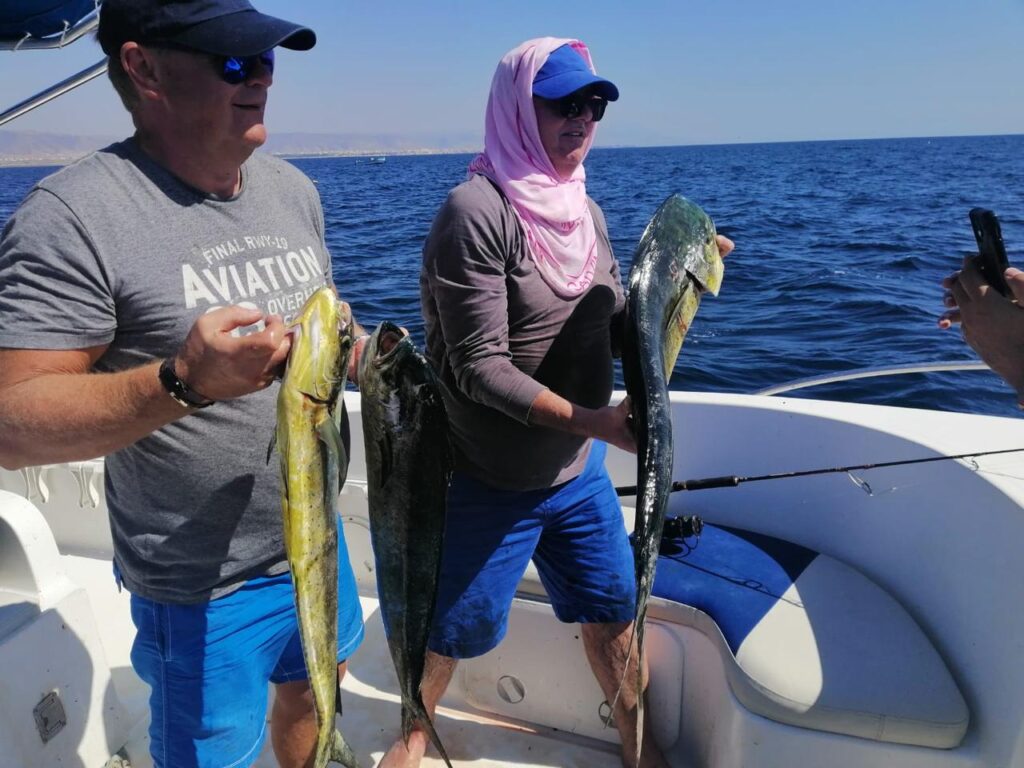
180,000 ر.ع.

47,000 ر.ع.